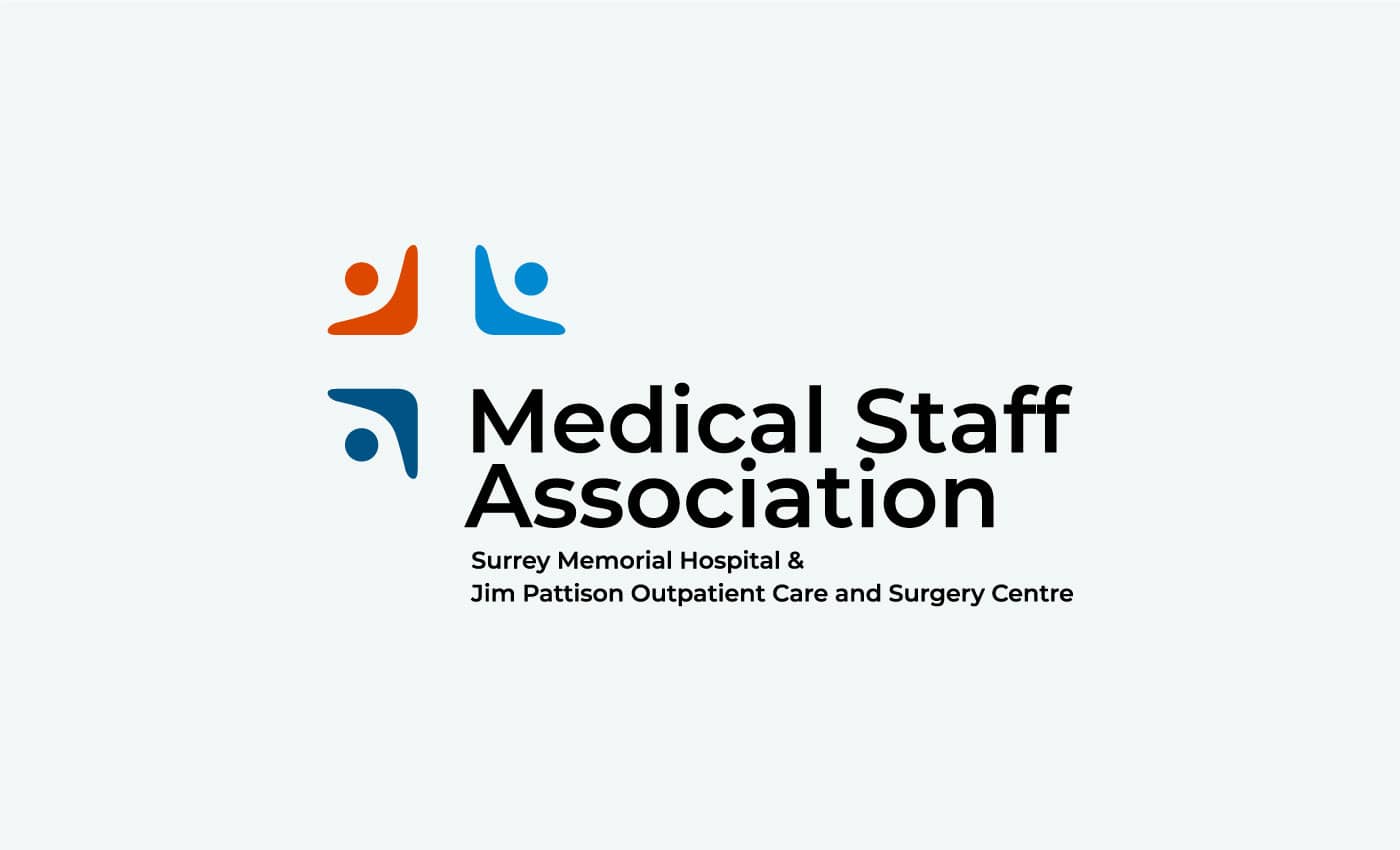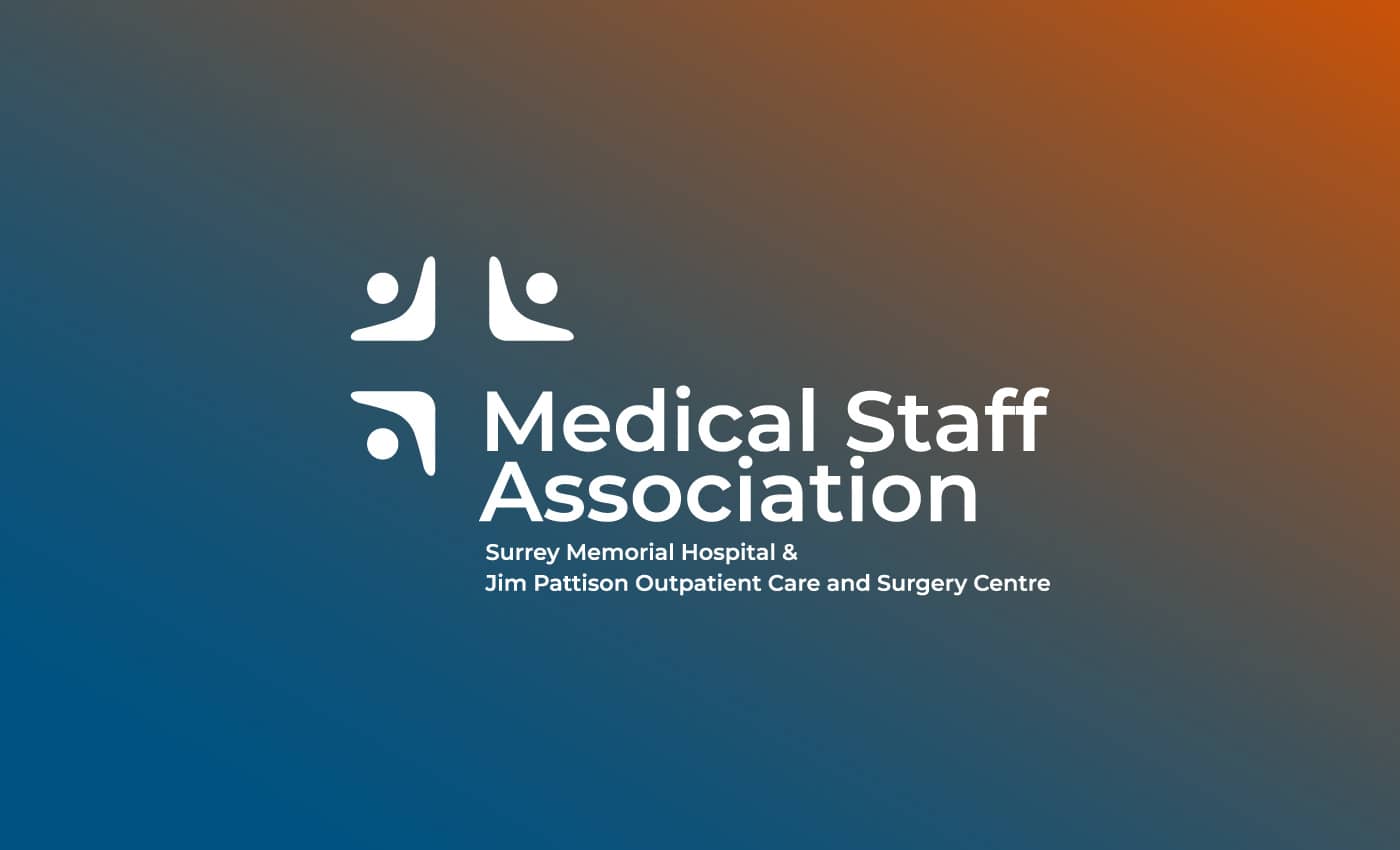Why ERs are under intense pressure across Canada — and how to help fix them
Staffing shortages, burnout, lack of funding push health-care workers to the edge
The below is a newsletter article from CBC News Second Opinion, by Adam Miller and Prapti Bamaniya
Emergency rooms across Canada are facing a growing crisis — staffing shortages, burnout, worsening wait-times, closures, a lack of adequate funding and a surge of patients seeking urgent care, all threatening to overwhelm a system on the brink of collapse.
This isn’t the same type of pressure they faced during the COVID-19 pandemic, but doctors and nurses across the country who spoke to CBC News say the current strain on ERs can feel worse now than it was during the past few years.
Dr. Yogi Sehgal, an ER physician at Dr. Everett Chalmers Regional Hospital in Fredericton, said his emergency department narrowly avoided disaster a few weeks ago when multiple critically ill patients arrived in a packed waiting room at the same time.
If those patients had come in just three hours later, he would have been forced to call a Code Orange — typically reserved for extreme situations like plane crashes — where every available health-care worker in the community is called in to try to help keep patients alive.
“Thankfully, I think all of them did well in the end. But again … had it been in the next shift — who knows what would have happened?”
Unfortunately, the situation can be dire for some, with reports from Quebec, Alberta, Manitoba, British Columbia, New Brunswick and Nova Scotia during the past year of patients tragically dying after waiting for hours in crowded hospitals, unable to get the care they need.
A patient went into cardiac arrest last week while an on-call doctor wasn’t on site at Soldiers Memorial Hospital in Middleton, N.S. Paramedics and firefighters attempted life-saving measures until the doctor arrived, but the patient did not survive.
Health-care workers are fed up with the situation, and hundreds of emergency physicians in Calgary and British Columbia have signed open letters in recent weeks to sound the alarm about the worsening ER crisis.
Last week, 15 national medical organizations representing doctors and nurses across the country published a joint statement, calling on the provinces to make reforming the health-care system their top priority at a meeting of the premiers in Winnipeg next month.
Dr. Urbain Ip, a leading emergency room physician at Surrey Memorial Hospital, came forward last month to speak openly about the growing crisis in one of B.C.’s busiest ERs and the toll it was taking on staff.
“I live in the community, and I said this is personal for me — I cannot confidently send my loved ones to my hospital,” he told CBC News. “I don’t have to explain more when I’ve worked there for 30 years and I cannot trust that the hospital can take care of my family.”
‘Unprecedented challenges’ facing health-care system
An ER in Minden, Ont. recently shut down permanently due to staffing shortages, and the next closest emergency services are 25 kilometres away, forcing health officials to announce an urgent care clinic will soon open at the site.
Niagara Health announced earlier this month that as of July 5, it will permanently close two urgent care centres between 10 a.m. and 10 p.m. so doctors can be redeployed to ERs, with a shortfall of 274 physician shifts between June and August alone.
And a hospital in Prince George, B.C., was forced to call a Code Orange this week after a nearby fatal bus crash involving 30 people pushed staff beyond capacity; the city asked anyone without life-threatening injuries to avoid visiting the ER.
“Canadians are rightfully concerned, and so are we. No one should lose a loved one because they couldn’t get timely medical attention,” the office of federal Health Minister Jean-Yves Duclos said in a statement to CBC News.
“The last few years have presented unprecedented challenges for our health-care system. Health workers, including those that work in hospitals and emergency rooms, are overwhelmed. Patients also feel the strain when they cannot access the care they need.”
shows 90 per cent of patients waited over four hours in ERs before being seen by a doctor between March 2021 and April 2022. That’s a jump from a wait of over three hours between 2017 and 2018.
For patients who were admitted to hospital, 90 per cent waited almost 41 hours before getting a bed in the period between 2021 and 2022, up from 33 hours in 2017 to 2018.
The longest wait time — over 74 hours — was in Prince Edward Island’s ERs in 2021 to 2022.
is calling for “practical and immediate steps” to be taken to “mitigate harms caused by long wait-times for emergency care” and “protect the emergency health-care providers” shouldering the crisis.
“One of the things that front-line providers are extremely good at doing is creating workarounds, so the impacts of parts of the system that are falling apart are not felt by the patient,” said Dr. Alika Lafontaine, president of the Canadian Medical Association.
“What you’re really seeing in the last couple of years is an inability of front-line providers to do that anymore, either because they themselves feel such a heavy burden that they physically, emotionally and mentally just can’t do it, or that the stresses on the system are too great.”
Peggy Holton, a nurse at Surrey Memorial Hospital with decades of experience, said it’s important for Canadians to understand that the unsustainable pressures facing ERs are affecting patients, as well as health-care workers.
“We’re very resilient as nurses and doctors — we’re a very good team. But the constant demand has certainly taken its toll. It’s morally and ethically very demanding on patients and on the health-care staff,” she said.
“Sometimes the demand is just so high that we can’t get to everybody. And so it’s causing a lot of mental and moral distress … to the point where that’s why people are leaving.”
Part of the problem, Holton said, is nurses aren’t brought to the table to discuss solutions, but they’re on the front lines of the crisis and often the first place where anger and abuse is directed in a dysfunctional system.
“We need to have stronger policies in place that will support the nurses with violence in the workplace. We also need to sit together and look at how do we recruit staff, how do we retain staff?” she said.
“One nurse told me the other day that ‘there isn’t a day that I go to work that I’m not either verbally, physically or sexually assaulted by either a patient or a family member.’ And that’s really sad.”
‘Running on hope’
Ip’s decision to come forward earlier this month, alongside dozens of colleagues, about the dire situation at Surrey Memorial led the B.C. government to take immediate action to hire more staff and address growing shortfalls in funding and expand services in key areas.
“We are running on hope right now,” said Ip, adding he and his colleagues began taking on more shifts again after the announcement. “This raises morale, and when morale is good, people will step up to the plate. And no matter how short we are, we are going to make it.”
But hospitals shouldn’t have to be pushed to the brink for changes to be made to address the crisis, he said. And while there’s no easy answer to the long-standing problem, there are tangible areas that need addressing to help ease the problems plaguing ERs.
A key part of the problem is funding, but there are deeper issues that need to be addressed beyond the hospital, front-line health-care workers said, including a lack of access to family doctors, as well as beds in long-term care and home care that force patients to turn to the ER.
Canada is facing a critical shortage of family doctors, with millions of Canadians without access to primary care because of retiring physicians and fewer medical school grads choosing the specialty due to a lack of resources and high overhead costs.
Almost half of adults across Canada’s 10 provinces had difficulty accessing health care in 2020 and 2021, while close to 15 per cent said they didn’t receive all the care they needed, according to a 2021 survey from Statistics Canada.
“Even if you said, we’re going to graduate double the number of physicians now, it’s at least five to 10 years away before we could have enough physicians,” said Sehgal, in Fredericton.
“In the interim, and even long term, you’re going to need people like physician assistants, nurse practitioners, nurses, pharmacists … [and] medics working beyond what they’re doing right now.”
Dr. Marc Beique, an ER physician at the McGill University Health Centre, said there isn’t an easy answer to the worsening problems facing ERs, but there has to be a comprehensive rethink of how care is provided, how patients are supported and where they choose to access care.
“We’re not in a dynamic where you can solve 80 per cent of the problems with one solution. The reality is that you’re gonna have to solve 10 per cent here, 10 per cent there and 10 per cent there — and it needs to be a concerted, intelligent and thoughtful endeavour,” he said.
“I strongly believe that we can get there, I think it is possible. And personally, I believe in the public system and I think that’s the way to go.”
Lafontaine said the fact that provincial and territorial governments have not been required to spend funding that they receive from the federal government for health care directly on the system for the past several decades is worsening the problem.
Related Posts
‘Rectify the disaster’: Doctors renew crisis warning at Surrey Memorial Hospital
In this Global BC special presentation, two doctors from Surrey Memorial Hospital speak to Sonia
SMH Medical Staff Mailbox Update
Site administration is in the process of reorganizing and updating the physician mailboxes in th





